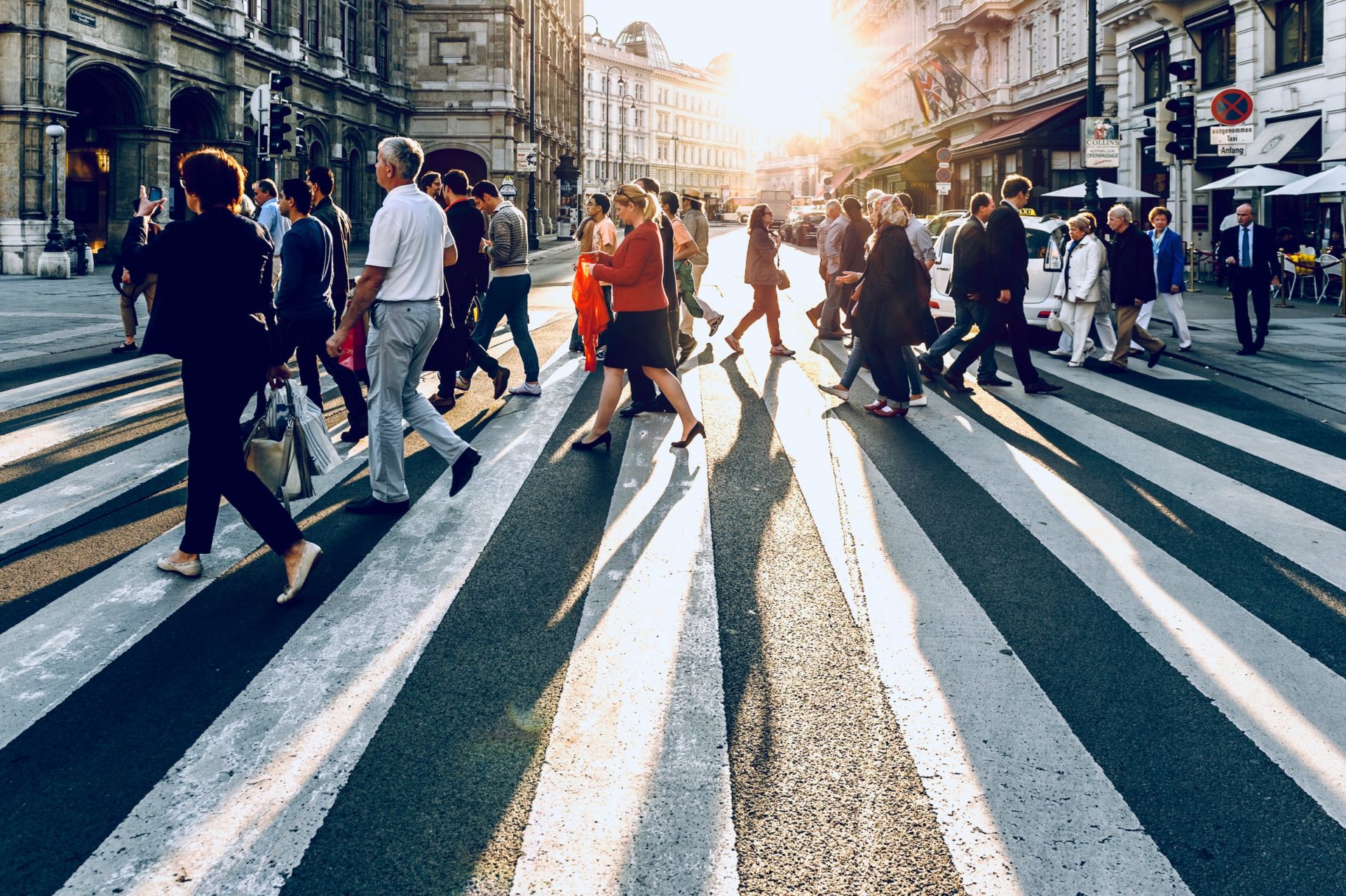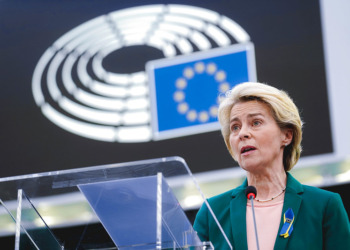Global Peace Index creator, Steve Killelea AM, on why a new understanding of peace is not just desirable, it’s essential in the 21st century as the challenges we face require cooperation on a scale unprecedented in human history.
Peace is one of those terms that’s frequently used, but elusive to define. We tend to approach it through binary thinking – war versus peace; you either have it, or you don’t. And while this understanding of peace – as the absence of violence or conflict, otherwise known as Negative Peace – is not wrong and can be useful (as this year’s Global Peace Index reveals, over 60 percent of people worldwide are at least somewhat worried about sustaining serious harm from violent crime), it is incomplete and leads to many misconceptions of how peace can be attained. It implies that once the guns fall silent, peace has been achieved.
This closes off the possibility for finding new approaches to peacebuilding and development; ones that extend beyond security and create the conditions necessary to restructure our societies so that they have the capacity to adapt and modify to our constantly changing environments. It does not describe what creates a resilient peace, one that will not lapse back into violence, and one that is associated with many other social characteristics we consider to desirable, including stronger economic outcomes, better measures of well-being, and more sustainable environmental performance.
Released this month, the 15th edition of the Global Peace Index (GPI) – which ranks 163 countries and independent territories by their relative levels of peacefulness each year – testifies to the changing nature of the threats to our systems. For example, the GPI reveals a world in which the conflicts and crises that emerged in the past decade have begun to abate, only to be replaced with a new wave of tension and uncertainty as a result of the COVID-19 pandemic. While some forms of violence declined in the short term, growing unease with lockdowns and rising economic uncertainty resulted in civil unrest, with almost 5 000 pandemic-related violent events recorded between January 2020 and April 2021. It is still too early to fully gauge the long-term effects of the pandemic on peace, but the changing economic conditions in many nations increase the likelihood of political instability and violent demonstrations.
Like the pandemic, environmental degradation, increasingly scarce stock and overuse of our natural resources, population growth, social discontent, and the proliferation of extraordinarily destructive weapons, to name but a few, are examples of global challenges that also require new ways of conceptualising our relationships with each other and the ecosystems we depend upon. Without peace, it will not be possible to achieve the levels of trust, cooperation and inclusiveness needed for societies to be resilient to shocks, manage disputes and adapt to changes in their environments. Replicating these and other factors in all countries is vital, but to do so means being able to identify the factors that create and sustain peaceful societies to begin with. Without this, it will not be possible to develop the programmes, create the policies or understand the resources required to build peaceful and resilient societies facing unprecedented global change.
In the past, peace may have been the domain of the altruistic, but in the 21st century, it is in everyone’s interest.
If Negative Peace represents the absence of violence or fear of violence, then Positive Peace represents the attitudes, institutions and structures that create and sustain peaceful societies. Made up of eight different but inter-related pillars – 1) a well-functioning government, 2) low levels of corruption, 3) strong business environment, 4) acceptance of the rights of others, 5) equitable distribution of resources, 6) free flow of information, 7) high levels of human capital and 8) good relationships with neighbours – Positive Peace provides a measurable framework to gauge a country’s capabilities to absorb, adapt and recover from shocks, be they financial, ecological or societal. It defines the goals that a system needs to evolve too. Interventions should nudge the system towards ever-higher levels of Positive Peace, rather than creating radical change, which runs the risk of disrupting the fabric of society.
Related Articles: Global Peace Index 2021 – A Year of Civil Unrest | Peace in the Age of Chaos – Interview with Steve Killelea
For instance, during the pandemic, countries from the OECD with higher levels of peacefulness had more resilient economies. High Positive Peace countries recorded reductions of less than 7% in total hours worked, while low Positive Peace countries recorded up to 23% according to IEP’s Business & Peace Report 2021. Research from the Institute for Economics and Peace also shows a strong direct link between the levels of Positive Peace and favourable economic outcomes. Nations that improve in Positive Peace consistently outperform comparable countries in real gross domestic product (GDP) growth – countries improving in Positive Peace on average achieve three times higher GDP growth per annum than countries deteriorating in Positive Peace.
One of the important qualities of Positive Peace is that it creates societies that are more resilient. In other words, better capable of adapting to their changing environments.
As the founder of an institute dedicated to analysing and measuring peace, I’m frequently asked if humans are capable of achieving global peacefulness. The answer to the question is not can we achieve global peacefulness, however; but how do we continuously improve from where we are now. Humanity has exhibited a slow but steady ability to create greater, more peaceful conditions over millennia. The problem today is not that we are faced with disruptive change, but that we are faced with waves of disruptive change on so many fronts, and that our ability to deal with it must be enhanced. As this year’s GPI shows, the average level of global peacefulness has now deteriorated for nine of the past 13 years; and the gap between the least and most peaceful countries continues to grow. We have no choice but to shift our deadlock in thinking when it comes to reinvigorating our societal systems to withstand the next inevitable shocks of the future.
Rather than concentrating only on removing threats or negative factors that inhibit peace, Positive Peace focuses on the positive aspects that create societies that flourish, contributing to the economic and social well-being as well as the peacefulness of our societies over the long-term.
About the author: The article has been written by Steve Killelea for the Vision of Humanity — brought to you by the Institute for Economics & Peace (IEP). Steve Killelea is the founder and executive chairman of the Institute for Economics and Peace, and creator of the Global Peace Index. He is also the author of ‘Peace in the Age of Chaos: The Best Solution for a Sustainable Future’ (Download a free chapter here). The IEP investigates the impact of COVID-19 and future trends in economics, politics, social dynamics, conflict and development.
Editor’s Note: The opinions expressed here by Impakter.com columnists or contributors are their own, not those of Impakter.com. — In the Featured Photo: Group of people crossing the street in Vienna, Austria. Featured Photo Credit: Jacek Dylag, Unsplash.










